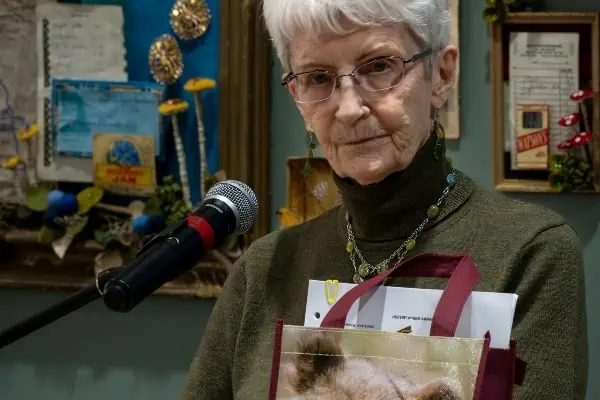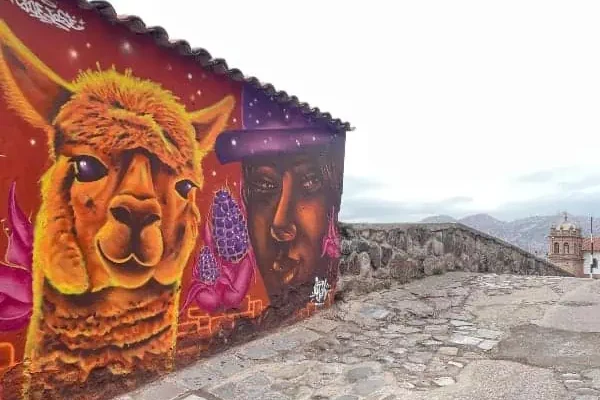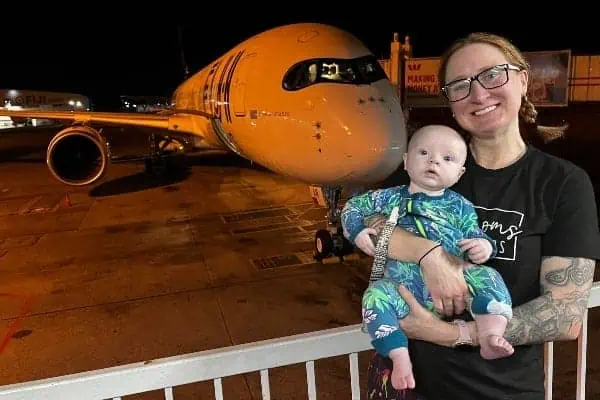Jean Francois is a chef. I met him at a B.C. heli-ski lodge on Highway 5 — The Yellowhead — in the early 2000s. He cooked pastries and cakes and cookies and yelled at the breakfast servers at six in the morning.
I was a person cleaning rooms, chopping wood, listlessly dusting big stone walls, there for the heliski days. We were roommates and had the same days off, and we became friends.
Back then, he was my wisest friend. He told me lots of things that I remember, but one that pertains to this story has to do with the time he bought a van and followed the mushroom harvest from B.C. north, into the Yukon.
He went with a Japanese girl who didn’t speak English and JF, a francophone who barely spoke English himself, didn’t speak Japanese.
The thought of the vast tracts of nearly people-less land between central B.C. and the Yukon border have always evoked in me a sense of mystical loneliness, but picturing JF’s journey with his friend, full of silent communication, is a particularly melancholic mind game I still like to play.
That’s the first time I associated mushrooms with the Yukon. I had lived in the Yukon before, but I didn’t think of fungi when I was here.
The second time I associated fungi with this territory was last year, and several things I already knew pieced themselves together in a beautifully satisfying way.
That’s when Joslyn Kilborn pitched Peter Jickling and me a story about her time harvesting morel mushrooms near Carmacks.
A little-disclosed fact about writing for What’s Up Yukon in that era is that the editors took nearly any story, and Kilborn’s pitch was a boon for Jickling and me. Subsequently she became our favourite go-to writer.
In reading Kilborn’s article, and one that Cheryl Kawaja did for the CBC, I learned that morels flourish the year after a big forest fire.
The summer I moved here was 2013, and it was a gloriously sunny summer. I became friends with my sister-in-law’s sister, and she told me the summer was so nice because I was meant to stay here. I’m not saying it worked.
A glorious summer in tinder-dry Yukon means the territory burns. In 2014, mushroom pickers made a killing.
That’s why the fireweed is Yukon’s territorial flower, I thought to myself after reading Kilborn’s article.
A disjointed connection: the Yukon is dry; it burns; fireweed is one of the first things to grow in burned forests (it grows in lots of other places in the Yukon, too); mushrooms draw starry-eyed chefs like JF and his Japanese lover, now wife (surprise!), to the Yukon.
The other day I came home to my new roommate speaking rapidfi re French to a tall woman in the kitchen. The woman was drinking from my plastic blue camping mug, but I didn’t mind (in exchange I’m writing her into this story, and the earth keeps on turning).
She gave me a muffin and she and my roommate showed me their haul: two green plastic recycling boxes full of mushrooms.
Big-capped brown mushrooms with many tiny tendrils hanging down from the underside, they said the name but too fast, I couldn’t catch it and wasn’t in the mood to ask them to say it again. Besides, their French accents.
Little orange mushrooms that looked poisonous but again, I didn’t say that. I trusted that they knew the obvious, mushrooms are poisonous, and checked their facts before picking.
They said the big ones had to be boiled before being eaten, and that they may not have the best flavour but had the texture of steak. A good steak, I’m guessing, a creamy, medium-rare tenderloin.
The next three or four days our house was ripe with the earthy smell of mushrooms as my roommate dried his harvest, and bagged the then-dry mushrooms, for a memory of fall in darkest February. That’s what I imagine, anyway.
The day after I ate the muffin from the stranger drinking from my mug I walked in the forest along Nares Lake to a cabin. Everywhere I stepped were mushrooms, mushrooms, mushrooms.
I told my friends I wanted to go mushroom picking the next day.
But I didn’t. It’s not surprising that this is what I wrote about.




